Argentina’s Iberá Wetlands — A Story of Hope
Until a recent trip to Argentina, I had never even heard of the Iberá Wetlands and was completely unaware of its scale and significance. Whilst travelling through the country, Iberá was recommended as an up-and-coming visitor destination by a number of locals. With our curiosity well and truly piqued, my family and I managed to reshuffle our schedule and squeeze in a two-day stay in this little-known water wonderland. Now, I firmly believe that it’s a secret not just to share, but to inspire.
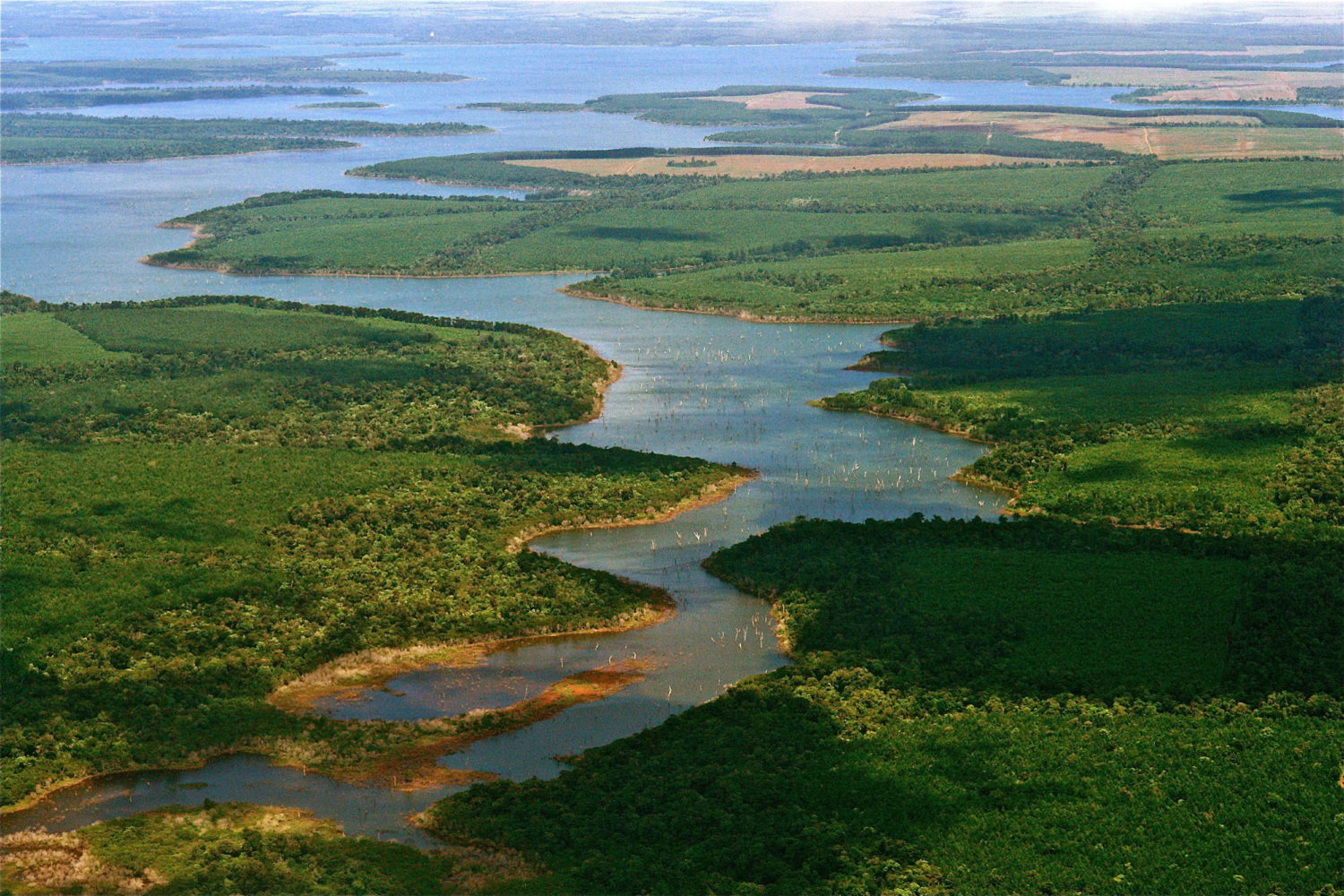
Known locally as Esteros del Iberá, this vast wetland area is situated in Argentina’s northern province of Corrientes. It is one of the most important freshwater reservoirs in the continent and the world’s second-largest body of fresh water (after the Pantanal in Brazil).
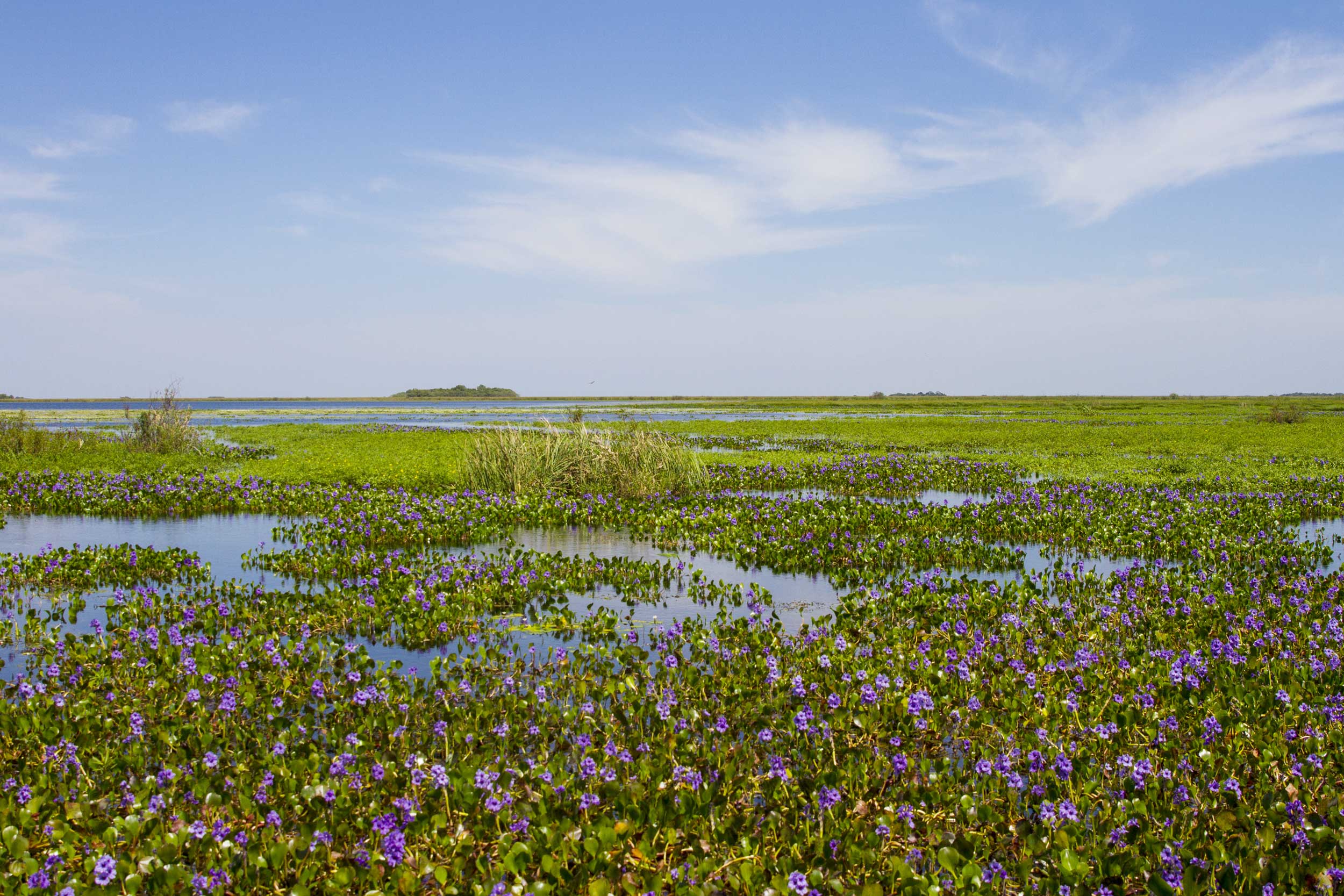
The basin itself, formed through tectonic plate movements, is filled with natural rainwater and serves as a filter for one of the largest underground lakes in the world, the Guarini Aquifer. It comprises a mixture of marshlands, lagoons and savannah grasslands and is home to a staggering 4000 plant and animal species, making up 30 per cent of Argentina’s biodiversity.
Until relatively recently Esteros del Iberá was a region of livestock grazing, commercial hunting and illegal poaching. Puma, jaguar, wolf, deer, giant anteater and otter were once regular inhabitants of the area but numbers had significantly declined over the years, with many species becoming endangered and, in some cases, almost extinct.
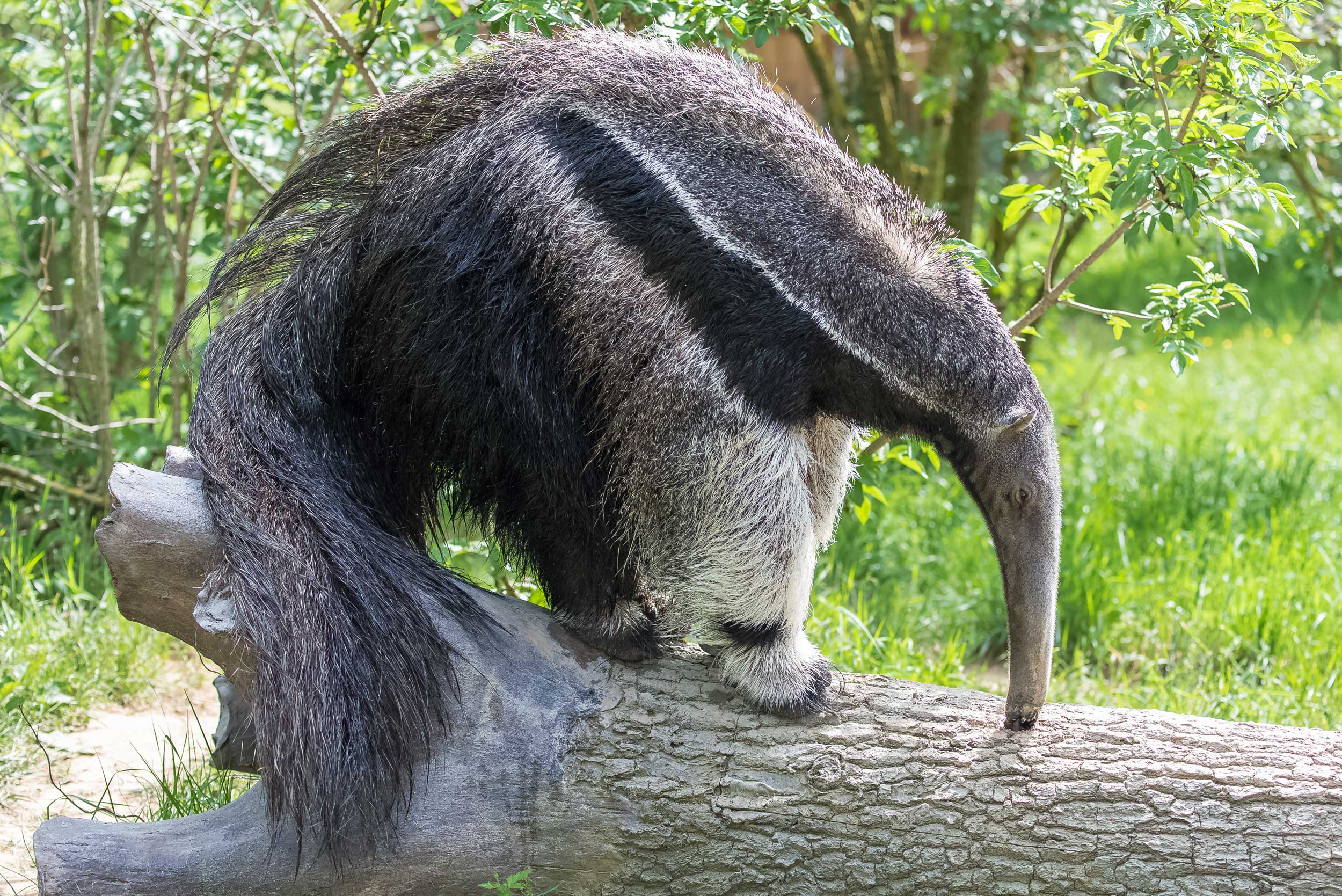
While this is, sadly, not an unusual scenario in areas rich in wildlife, the story behind its reversal in Esteros del Iberá really is.
In 1983, as part of an international treaty for the conservation and sustainable utilisation of wetlands, the area was included within a provincial protected area, the Iberá Provincial Reserve. Driven by a combination of philanthropy, social conscience and local pride, Ibera’s renaissance began.
The reserve is now administered by innovative NGOs and the Corrientes government with the aim of protecting the fragile ecosystem of the area and reversing the decline of native wildlife species.
Donations of tracts of land have seen the boundaries of the park expanded from the original provincial reserve to include four new national park zones to form the Gran Parque Iberá. The total protected area is around 13,000 square kilometres, the largest of such areas in Argentina.

While Esteros del Iberá is already home to over 350 types of birds and other species such as marsh deer, anacondas, foxes, howler monkeys, capybaras, piranhas and two types of caiman crocodiles including the small yacaré — the reintroduction of species previously extirpated from the area is the main focus of the reserve’s administration.
As part of the largest reintroduction initiative of wildlife in South America, giant anteaters and pampas deer have already successfully been established within the Iberá region. Puma, jaguar, maned wolf and giant otters are also making headway.
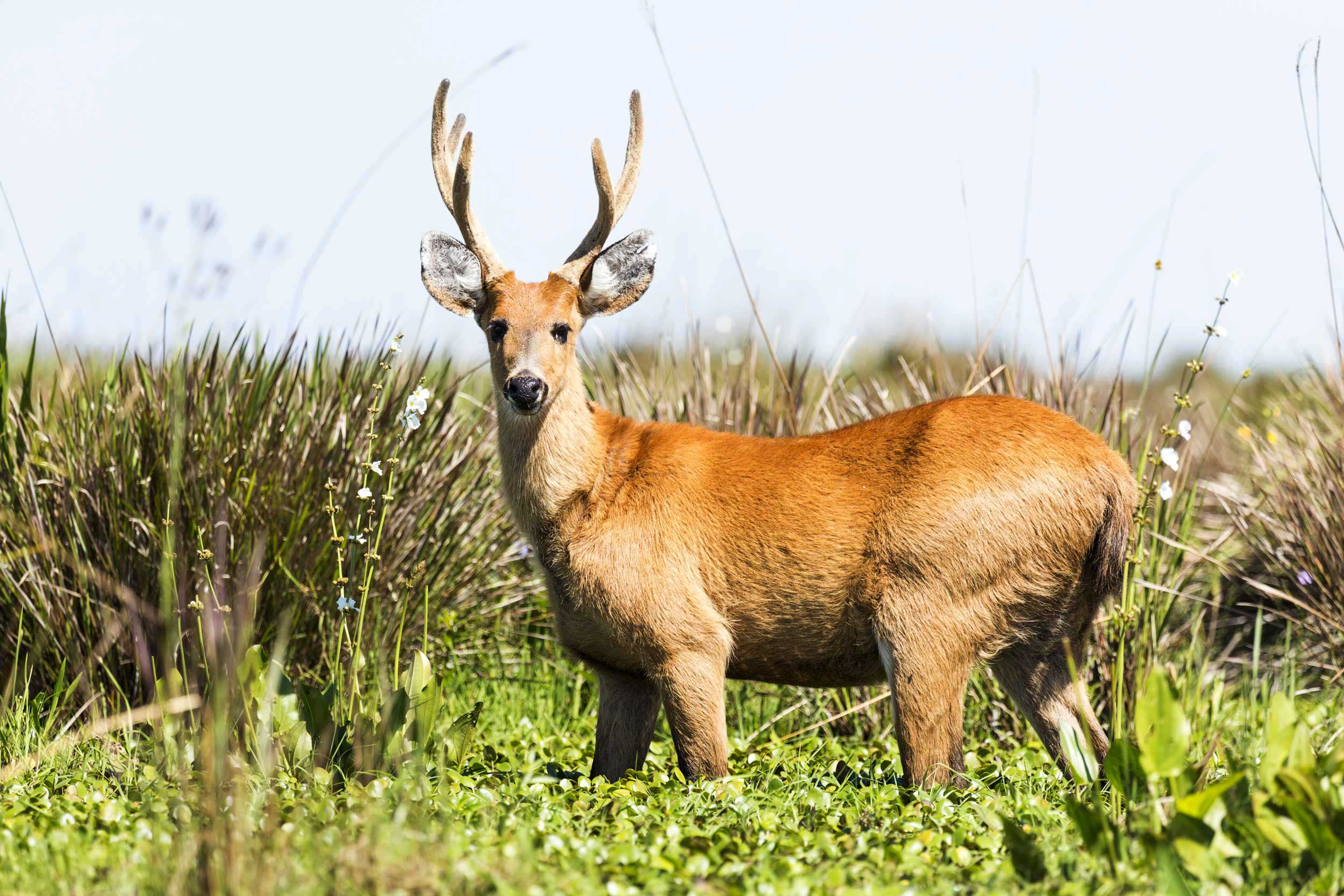
And, just as fascinating as the wildlife, is the shift in the mindset of the local people. Predators such as jaguars were once viewed as costly pests that preyed on cattle; now they’re regarded as symbols of regional pride and as potential economic assets, enabling communities to diversify from agriculture into tourism. Happily, the communities — a fascinating mix of indigenous Guarani and traditional gaucho cultures — find themselves an increasingly compelling component of the growing tourist appeal.
Although the local people are flattered by the attention they’re now receiving — and extremely excited about the potential for sustainable tourism growth in the future — they are very content to play a supporting role to the main attraction — the calm beauty of the wetlands themselves.
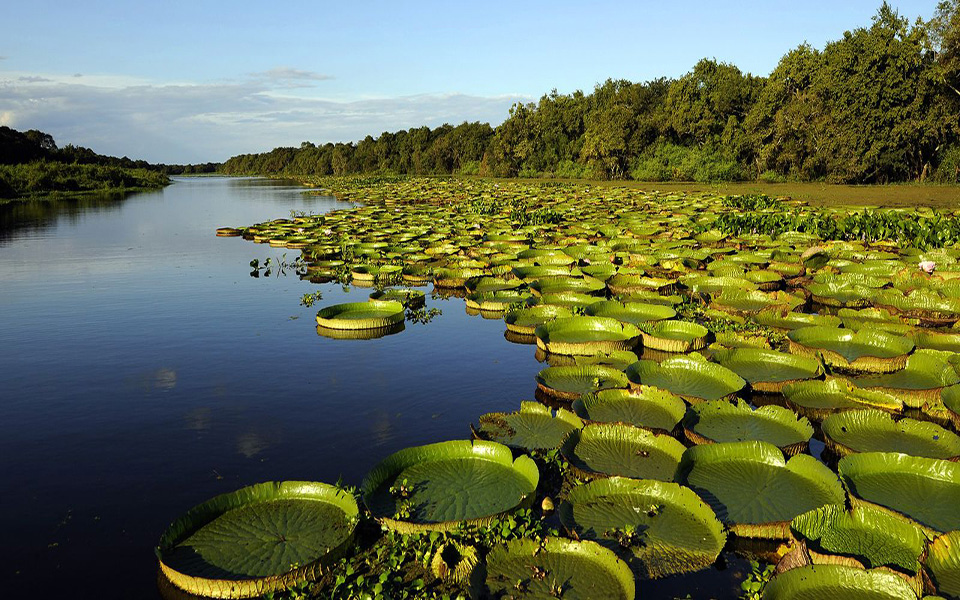
The landscape is stunning and serene in equal measures. Lakes studded with water hyacinth beds that form natural dykes provide a rich breeding ground for all manner of plant life. We were particularly enchanted by the seemingly endless fields of water lilies and their bold pink flowers, framed against the vibrant green of the surrounding vegetation and the bright blue Argentinian sky
I wondered why we don’t hear more about this amazingly diverse place and concluded it’s probably due to it being relatively difficult to access. With no direct flights and poor roading in the area, only the most committed, or in our case, inquisitive, travellers are making the journey. The nearest major centres are Corrientes and Posadas, both can be reached by flights from Buenos Aires (or an 11-hour bus ride). Visitors should factor in a further 3-6 hours travel by bus and/or private vehicle to reach the handful of small towns that service the Iberá Wetlands area.

As we discovered, however, it’s more than worth the inconvenience of the additional hours we spent on the region’s local buses. (Chartered vehicles are also available for those shorter on time and/or less restricted by budget.)
The traditional stepping off point to the area is Collonia Pellegrini, set on the eastern edge of the reserve. We, however, entered it from the western side making the quaint town of Concepción our base.
Comprising only a handful of dusty roads laid out in a grid pattern around the central square, the sleepy and friendly town of Concepción is located less than 20 kilometres from the reserve, and is a great alternative for travellers looking to get off the beaten track and away from the more established tourist route. There are good accommodation options in Concepción with a couple of boutique guest houses, a hotel and a campsite. A handful of local guides will take tourists on boat rides, kayak trips or horse rides through the reserve.
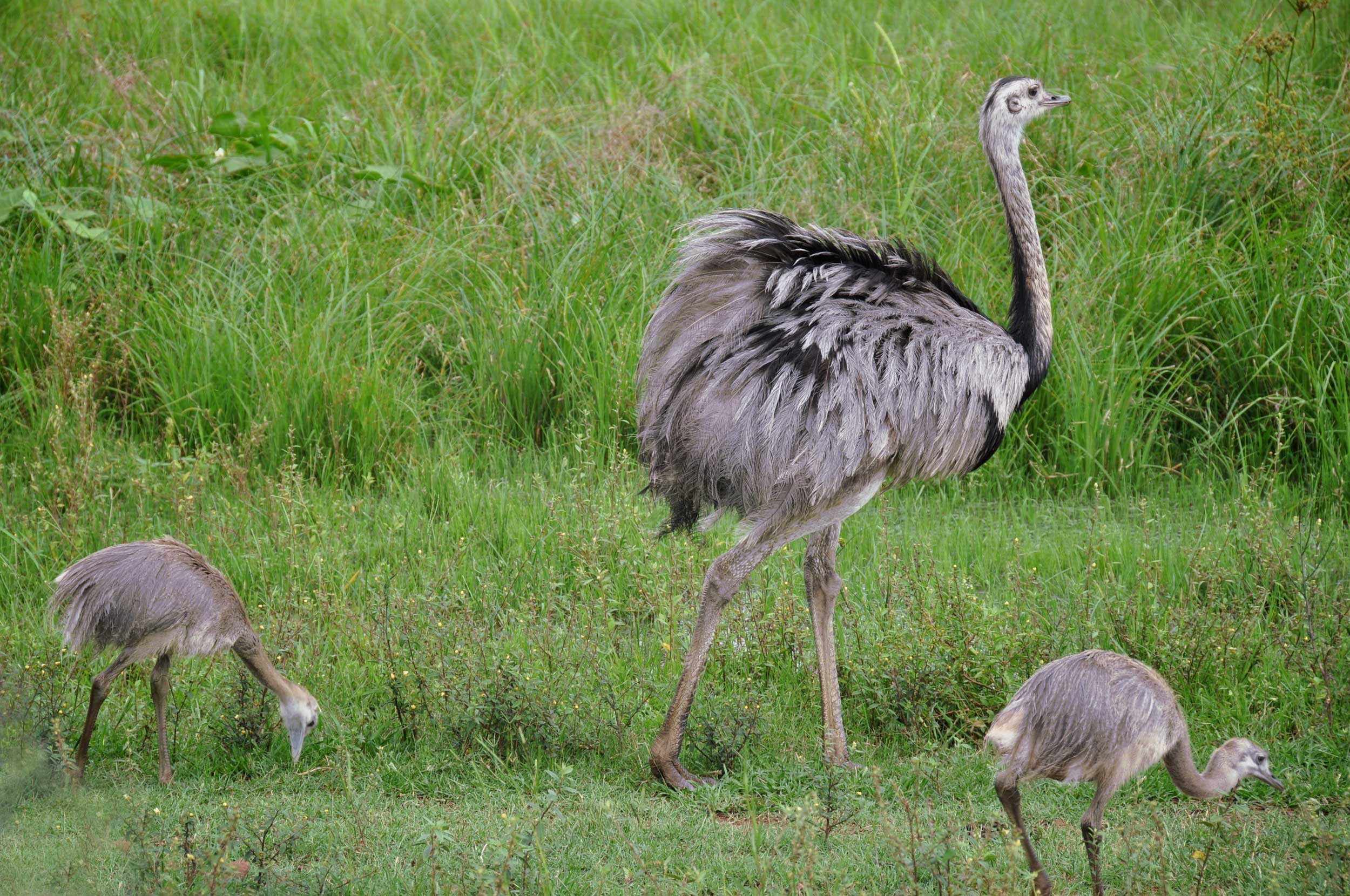
Entrance to Iberá Provincial Reserve is only permitted with a registered local guide, preferably one with a sturdy four-wheel-drive vehicle to navigate the pot-holed tracks leading to the jetty at the wetland’s entrance. We spotted greater rhea — South America’s largest flightless bird, which is similar to an ostrich — marsh deer, and numerous birds such as owls and hawks as we rambled along the dusty tracks to our destination. My favourite animal sighting, however, was the capybara. Native to South America, the capybara is the largest living rodent in the world with the adult male reaching up to 66 kilogrammes in weight. Living in groups of up to 20 animals, they make an impressive sight.

On our first day, we explored the area by boat and kayak, getting up at the crack of dawn to be on the water in time to see the wildlife stir from their overnight slumber. Birds such as kingfishers, ibis and egrets were in abundance, along with animals such as yacarés and capybaras.
The following day, our horse trek through the swampy reeds brought a further and rather unique perspective to the area. I could almost imagine life as a real gaucho as I held the reins in the local one-handed style and felt the waters lap against my knees while birds took flight as I passed.
We departed Iberá with it earning a place in our hearts as one of our true highlights of Argentina. We felt refreshed, relaxed and enriched by our wetlands experience, but also uplifted by a sense of optimism. If human impact and attitudes can be reversed so successfully here, then where else? The Iberá story is one that I truly hope to see rewritten all over the world.
